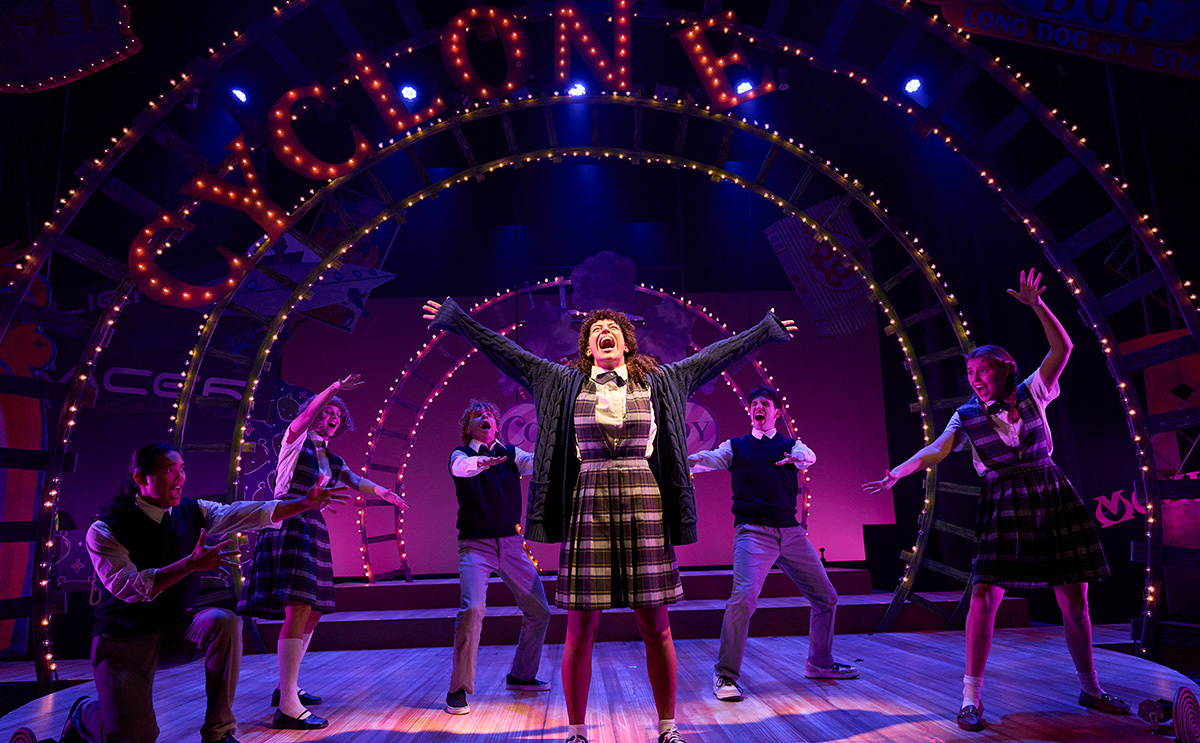Echoes of Antiquity: Classical Roots and Their Timeless Influence
The grand architecture of Western music finds its foundations rooted in ancient times. From the intricate rituals of classical civilizations to the profound philosophical musings of the Greeks, the early narrative of music is both influential and enduring.
1. Ancient Civilizations and Musical Beginnings
Long before the emergence of notation, music played a central role in ancient communities. Music was used in myriad ways: religious ceremonies, storytelling, and communal gatherings where rhythm and melody were essential to the experience. Archaeological findings, such as instruments and art, provide cherished glimpses of these practices. Though we can't recreat these sounds with precision, the intrinsic role of music in everyday life is clear. Music not only entertained but also bound communities, acting as a vehicle for cultural and spiritual expression.
2. The Greek Legacy: Philosophy and Musical Theory
Ancient Greece shaped the theoretical underpinnings of Western music. Philosophers like Pythagoras explored mathematical harmonics, discovering relationships that laid the groundwork for tonal music. Greek ideas about musical modes (scales) and ethos (music’s emotional power) informed the structure of music as an art form. Concepts of balance and proportion that Greeks cherished endure in the aesthetics of music, guiding composers to evoke emotions and structure their compositions even today.
3. Roman Adaptations and Cultural Diffusion
As custodians and adapters of Greek culture, the Romans added their own flavor to music's progression. Beyond public spectacles, music took the stage in military and theatrical settings, where innovations like enhanced brass instruments broadened musical horizons. The Roman Empire’s vast expanse meant these musical ideas spread widely, sowing seeds for Europe's medieval musical traditions. Roman adaptability and expansion played a critical role in the transplantation and evolution of music, seeding diverse traditions that emerged across continents.
4. The Enduring Influence on Modern Music
The echoes of antiquity continue to resonate in modern music, with composers often drawing upon past forms and ideals. The exploration of emotional depth, mode usage, and mathematical precision in contemporary compositions traces its lineage back to ancient influences. Modern compositions, including film scores and classical pieces, often reminisce of the grandeur initiated thousands of years ago, evidencing the continuous dialogue between past and present.
Jazz’s Journey: From Smoky Clubs to Symphonic Stages
Emerging from vibrant African American communities in the early 20th century, jazz has blossomed into a genre celebrated globally for its innovation and depth. From smoky clubs to storied concert halls, jazz's journey is as complex as its sound.
1. Early Beginnings and Influences
Jazz emerged late in the 19th and early 20th centuries, drawing from the rudiments of blues and ragtime. Defined by improvisational prowess and rhythmical distinctiveness, these sounds were nurtured in vibrant spaces where musicians freely experimented. The intimate atmosphere of jazz clubs allowed musicians to cultivate a style that was both personal and improvisational.
2. Pioneers and Genre-Bending
Visionaries like Duke Ellington and Miles Davis spearheaded the transformation of jazz. Their artistic explorations with harmony and structure led to compositions that subtly integrated elements from diverse genres. By constantly pushing boundaries, these musicians expanded jazz’s horizon, blending it with other forms and making it accessible to wider audiences. Their innovations set a precedent for future musicians to redefine genre limitations.
3. The Rise to Symphonic Prominence
As jazz gained academic and institutional recognition, its transition to symphonic venues marked a shift in cultural acknowledgement. Recognition of jazz musicians’ virtuosity invited performances alongside classical symphonies, validating jazz as a complex art form. This evolution unfolded jazz’s influence, feasting on new experiences and further integrating it into diverse musical landscapes.
4. Jazz's Global Impact
Though jazz is deeply rooted in American culture, its spread to global stages has led to the birth of various subgenres and fusion styles. International festivals unite platforms where jazz breathes new life into ethnic traditions. Whether in the fusion of bossa nova in Brazil or the integration of Japanese scales, jazz embraces a worldwide interpretation. This globalization reinforces jazz as a versatile, evolving genre.
5. Jazz in Education and Performance
Universities and conservatories worldwide have embedded jazz within their curricula, guaranteeing its pedagogical and cultural perpetuity. Prominent jazz ensembles and orchestras routinely grace stages, asserting the genre's vibrancy and adaptability. Institutions nurturing jazz's legacy ensure that future generations can draw inspiration from its improvisational and expressive possibilities.
The Folk Footprint: Cultural Heritage in Modern Sounds
Folk music, with its deep cultural lineage, acts as a vessel for tradition, echoing historical narratives while influencing contemporary genres. As a cultural beacon, its presence injects authenticity into various musical forms.
1. The Persistence of Oral Tradition
Oral tradition remains the lifeline of folk music, ensuring its elasticity and relevance. Community singing captures shared heritage, while performers infuse personal touches, altering songs slightly with each rendition. This adaptability keeps folk tales alive, allowing each performance to reflect the social, political, and personal narratives of its time.
2. Folk Music in Contemporary Genres
Modern genres owe much to folk's simplicity and emotive power. Melodic traditions, storytelling, and instruments find new expression in today's musical landscape. Whether it's the acoustic storytelling in pop, indigenous integration in indie, or rhythmic patterns adopted in electronic styles, folk roots remain a vital creative catalyst.
3. Preserving Authenticity Through Innovation
Balancing the honoring of traditional roots with modern innovation is a challenge faced by musicians globally. Collaborations and ethnomusicological research help preserve authenticity while exploring new pathways. Community engagement ensures these traditions thrive, as contemporary artists gain a deeper appreciation for the cultural significance behind the notes.
4. The Role of Music Education
Music education integrates folk traditions within broader curricula, ensuring their endurance. Choirs, workshops, and educational programs foster an appreciation for folk’s intricacies, celebrating and perpetuating its rich legacy. Educational initiatives promote community connection, deepening the appreciation for music that transcends time and evolves cultures.
5. The Guitarist's Role in Bridging Worlds
Guitarists often bridge past and present, melding folk traditions with contemporary styles. This instrument, versatile and relatable, facilitates the fusion of seemingly disparate sounds, producing music that's both nostalgically familiar and refreshingly new. Concerts and ensembles leverage guitars to reveal new sonic possibilities, ensuring folk's relevance in modern soundscapes.
Riffs and Rebels: Rock’s Impact on Global Music Culture
Born in rebellion, rock music dramatically changed music culture, from invoking social change to inspiring new genre landscapes. Its evolution from passionate outcry to global mainstay underscores its lasting influence.
1. The Enduring Appeal of Rock Festivals
Rock festivals, with their pulsating energy and communal spirit, exemplify the genre’s magnetic allure. These global gatherings showcase both legendary and fresh talent, marking their spots on the world's cultural fabric. The festivals’ dynamic atmosphere reflects rock’s enduring capacity to unite diverse audiences in shared musical celebration.
2. Rock as a Voice of Cultural Reflection
Rock’s lyrical narratives echo the cultural zeitgeist, confronting social issues and shifting paradigms. Through music, artists challenge injustices, offering a platform for dialogue and change. Its role as a cultural mirror underscored rock's penetration into the global consciousness, influencing societal norms and expanding cultural understandings.
3. The Global Fusion of Rock Music
Rock has an unparalleled ability to absorb and reflect global influences. Musicians borrow from regional sounds, infusing them into compositions that respect and revitalize the traditional while pushing musical boundaries. This fusion broadens its appeal, demonstrating rock’s versatility and capacity to engage with listeners worldwide.
Q&A
-
How did classical music evolve over the centuries?
Classical music has evolved significantly from the Medieval period through the Baroque, Classical, Romantic, and into the Contemporary period. Each era introduced new forms and structures. For example, the Baroque period was known for its complex polyphony, while the Classical period favored clarity and balance. The Romantic era expanded on emotional expression, and the 20th century brought about experimentation with atonality and electronic music. This evolution reflects broader cultural and technological changes over time.
-
What are the origins of jazz music, and how has it influenced other genres?
Jazz originated in the late 19th and early 20th centuries in African American communities in New Orleans. It incorporated elements from blues, ragtime, and European classical music. Jazz is characterized by its syncopated rhythms, improvisation, and unique use of instruments. Its influence is vast, impacting genres like rock, hip-hop, and even classical music through the use of improvisation and complex harmonies.
-
In what ways has folk music influenced modern genres?
Folk music has played a crucial role in the development of modern genres by providing a rich source of storytelling and melodic inspiration. Its simple structures and themes of everyday life have been adapted into pop, rock, and country music. Artists often draw on folk's authenticity and emotional depth, leading to a resurgence of interest in folk-inspired music in contemporary times.








